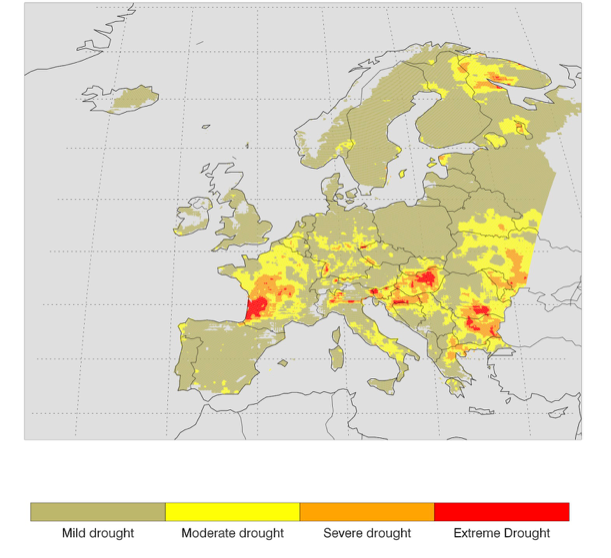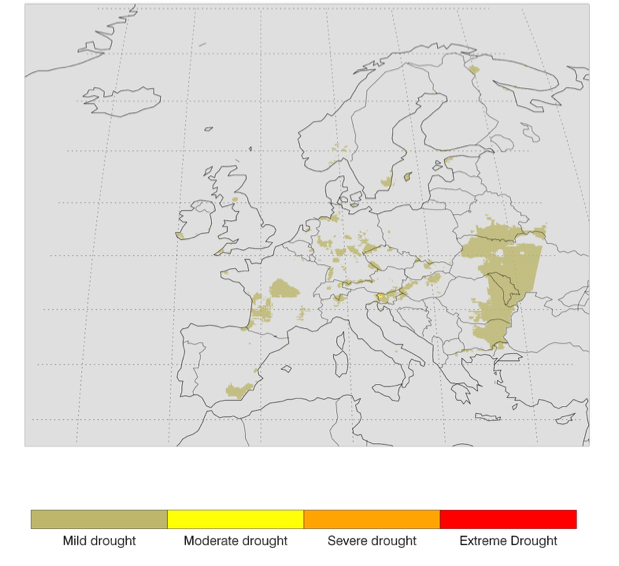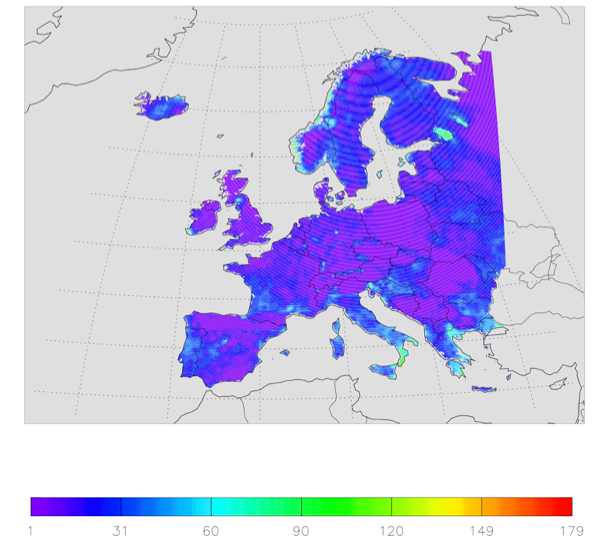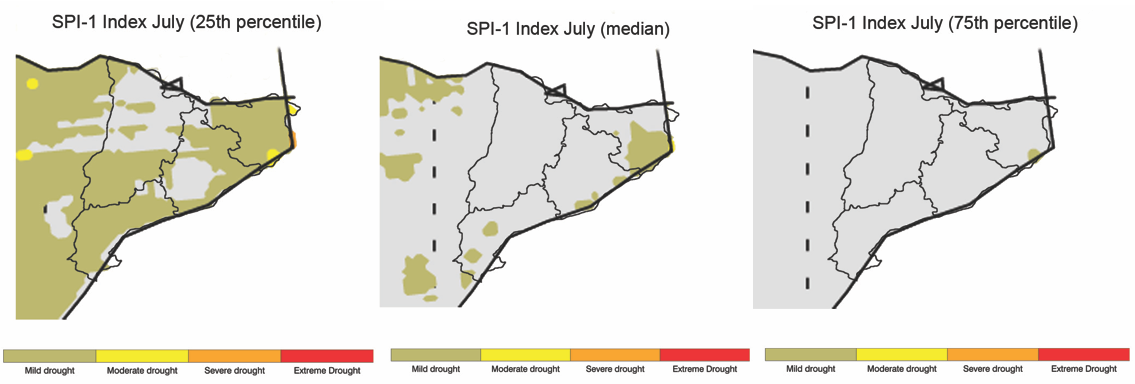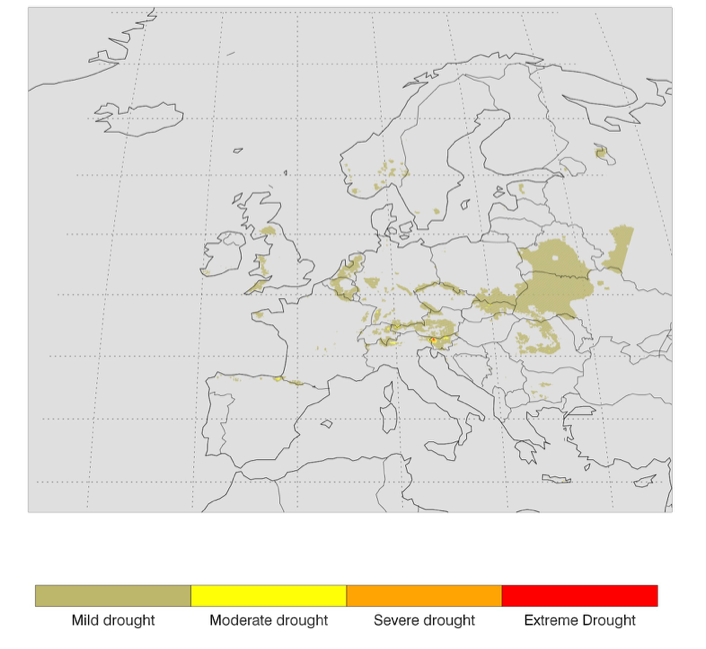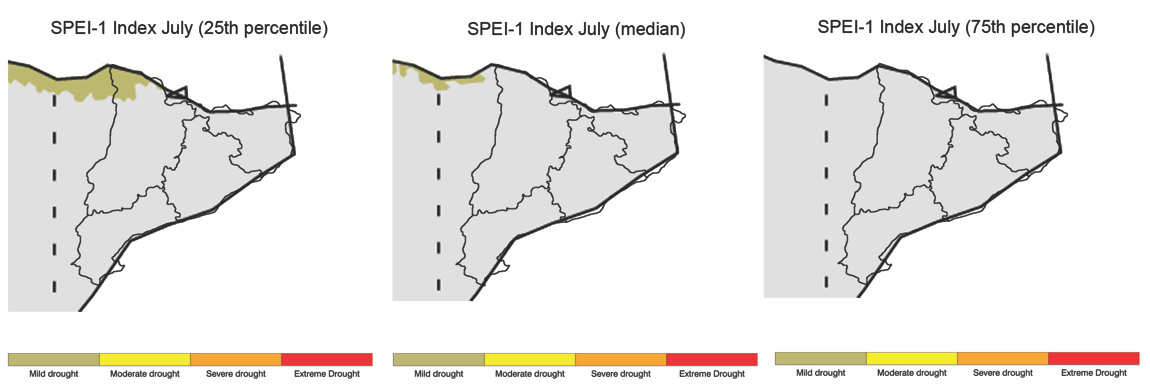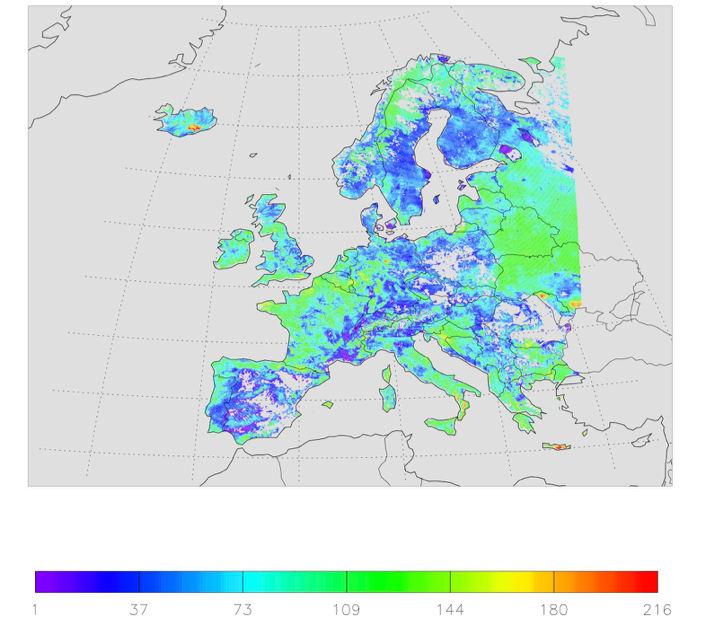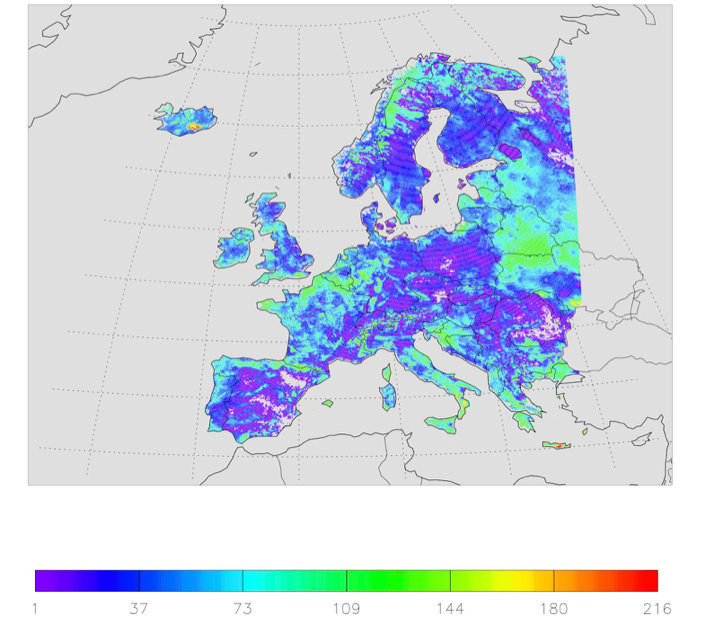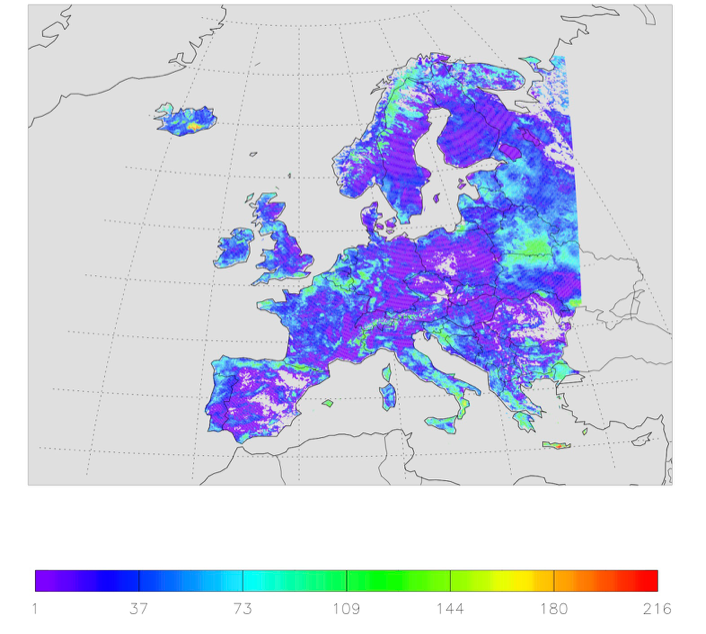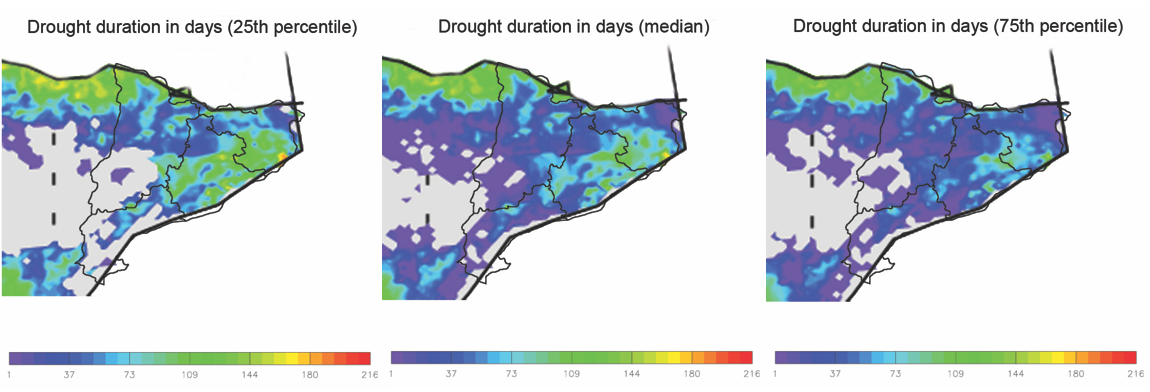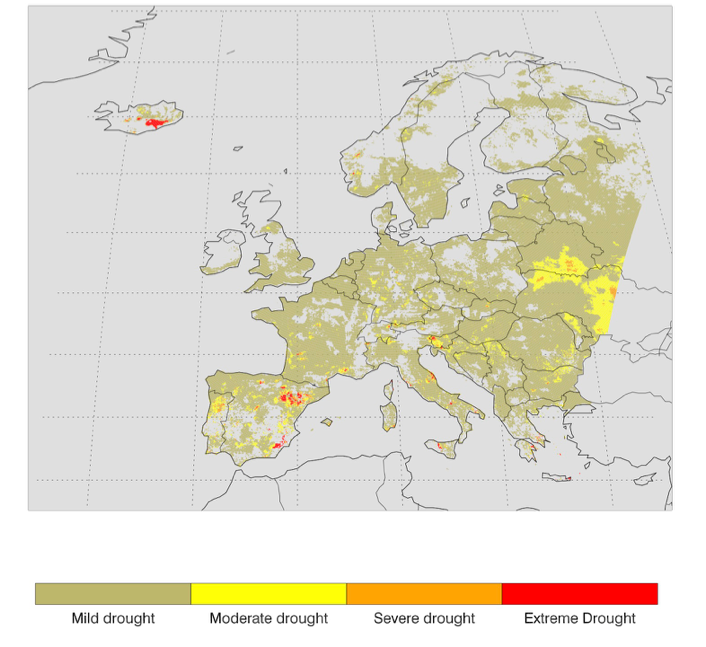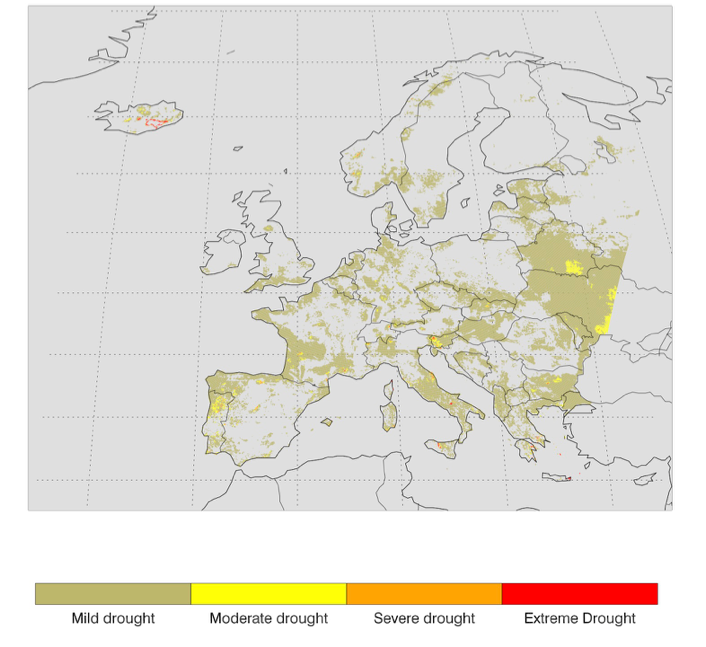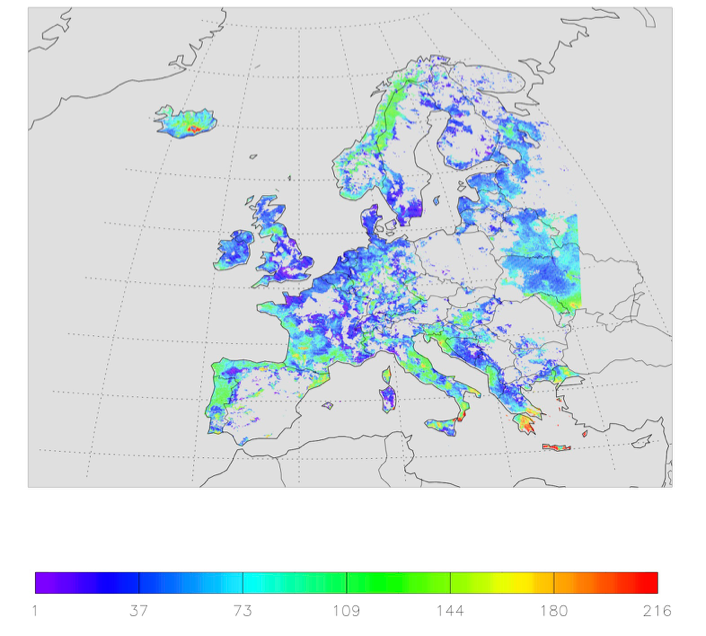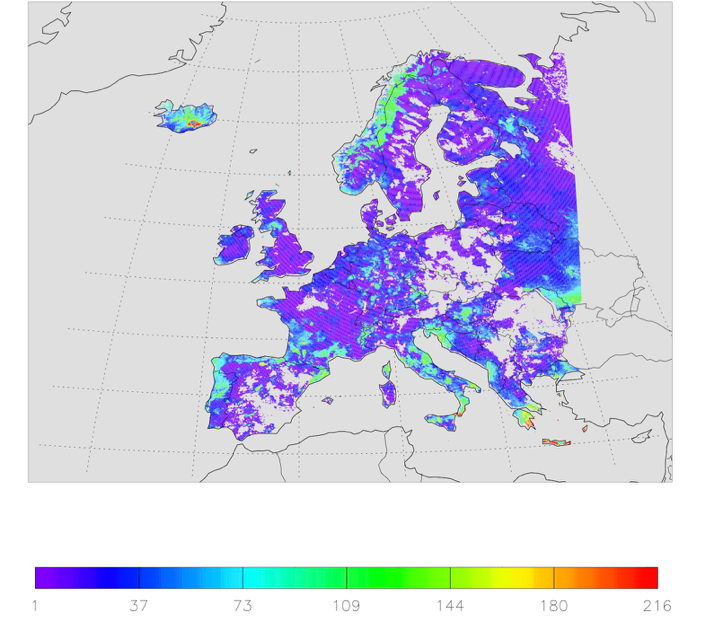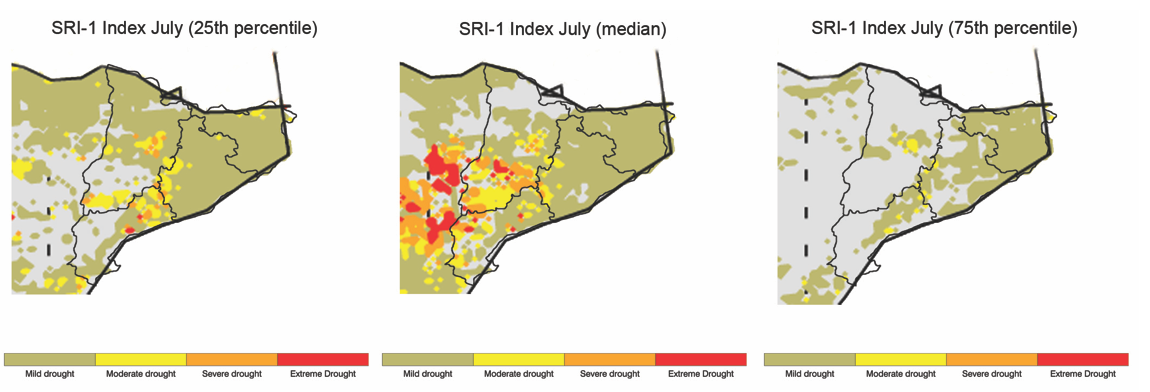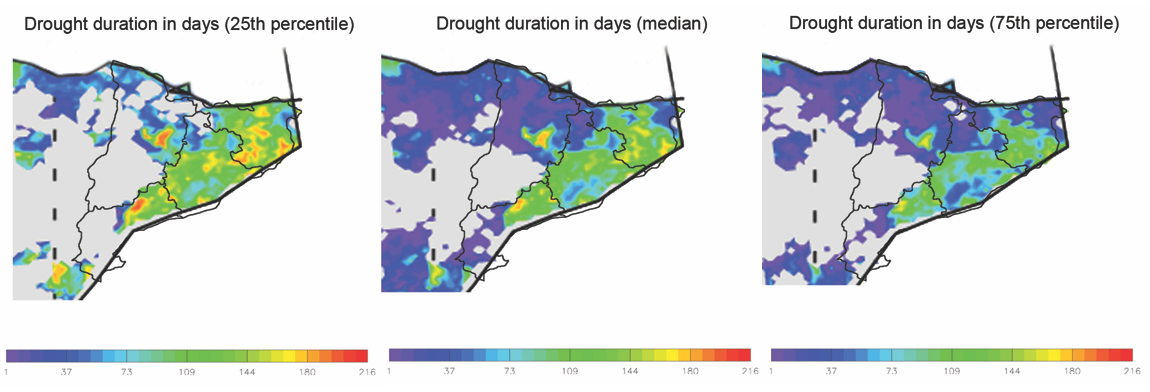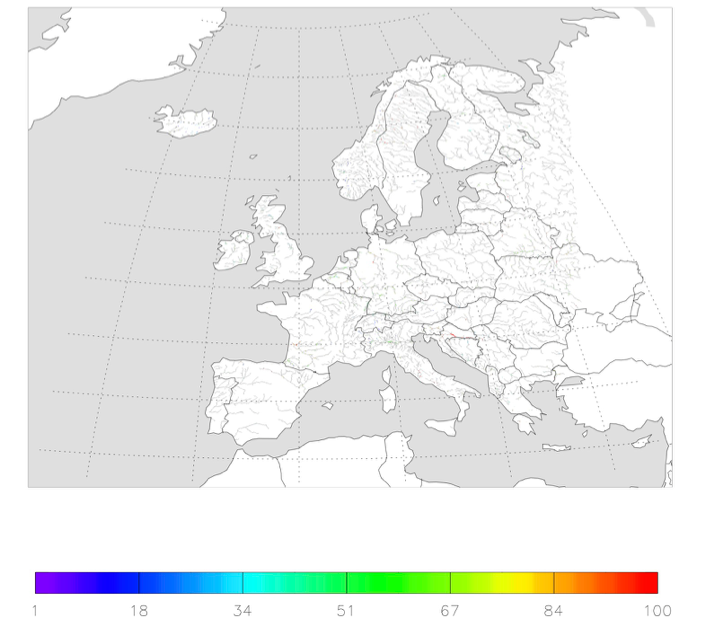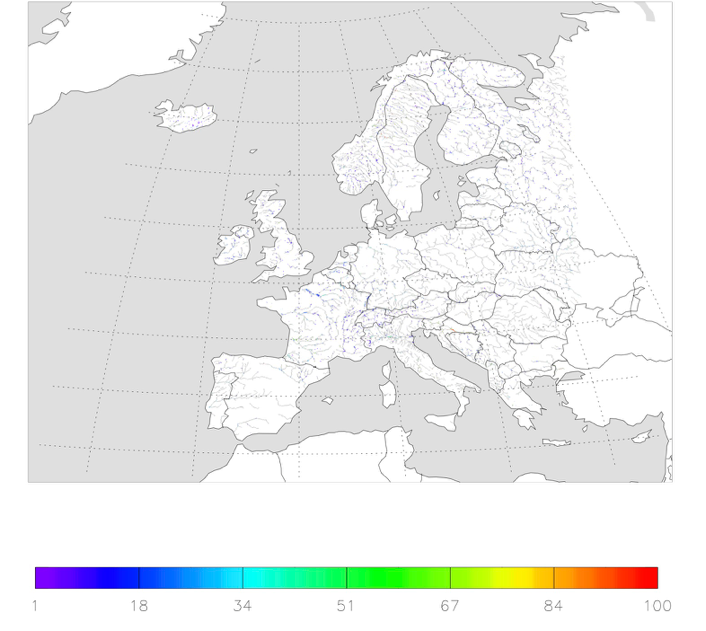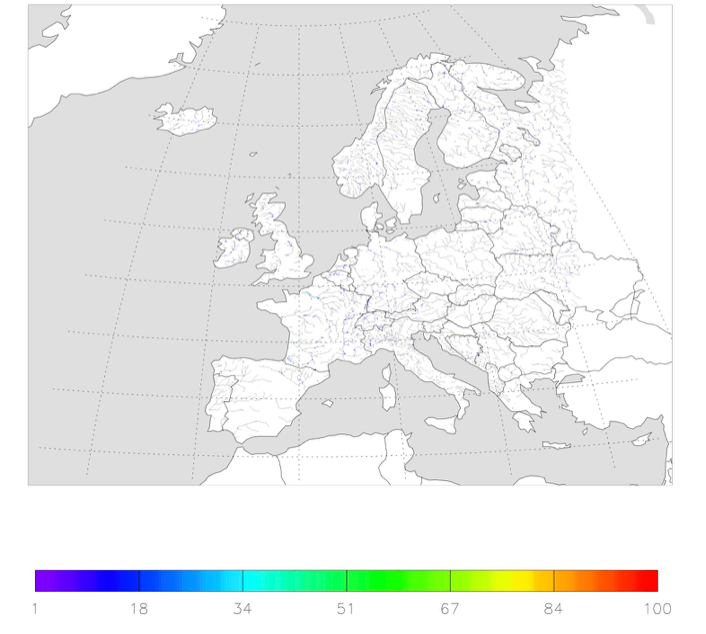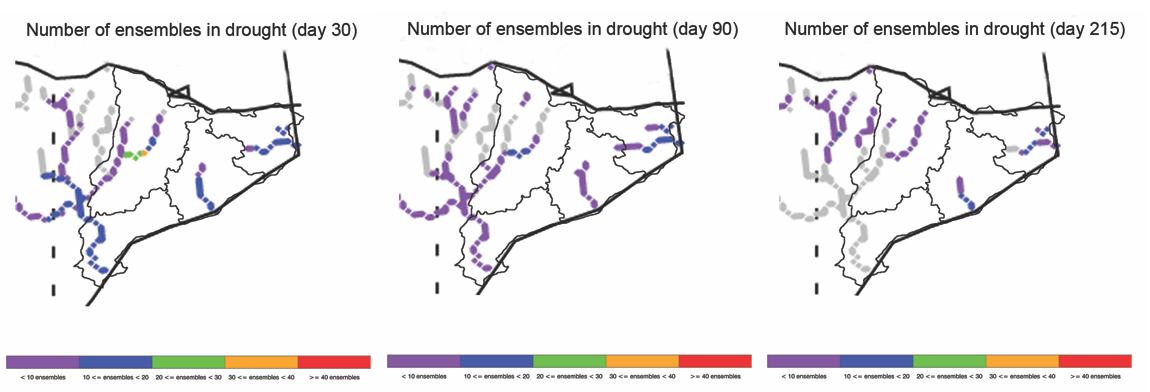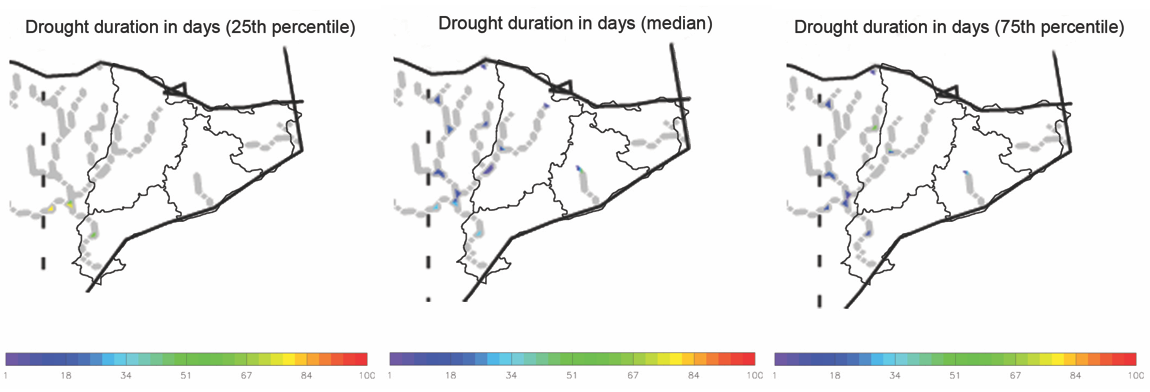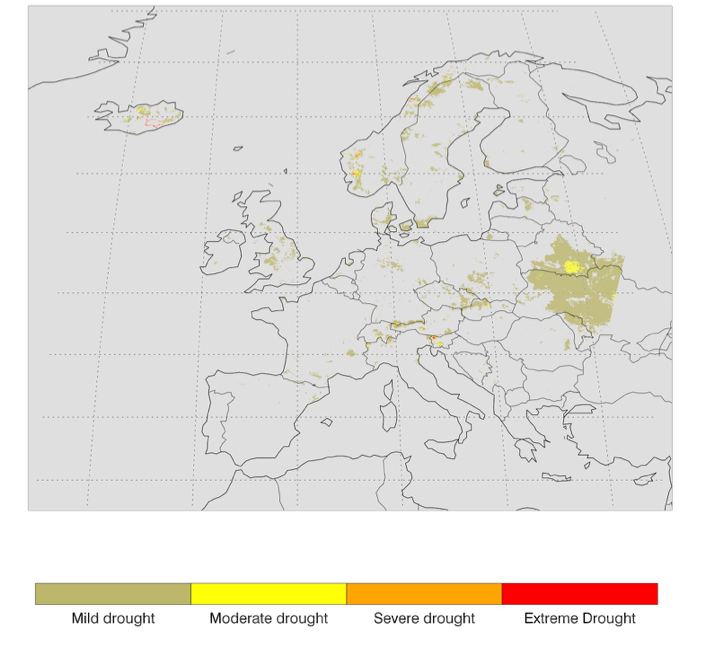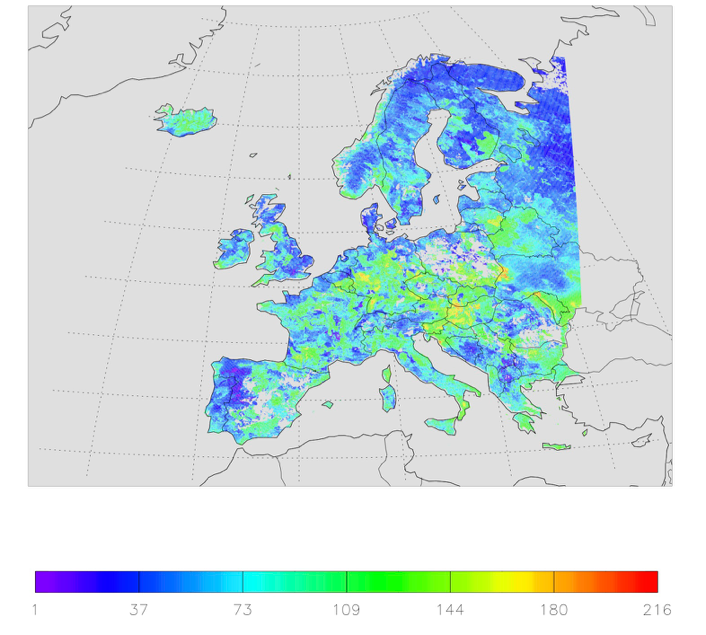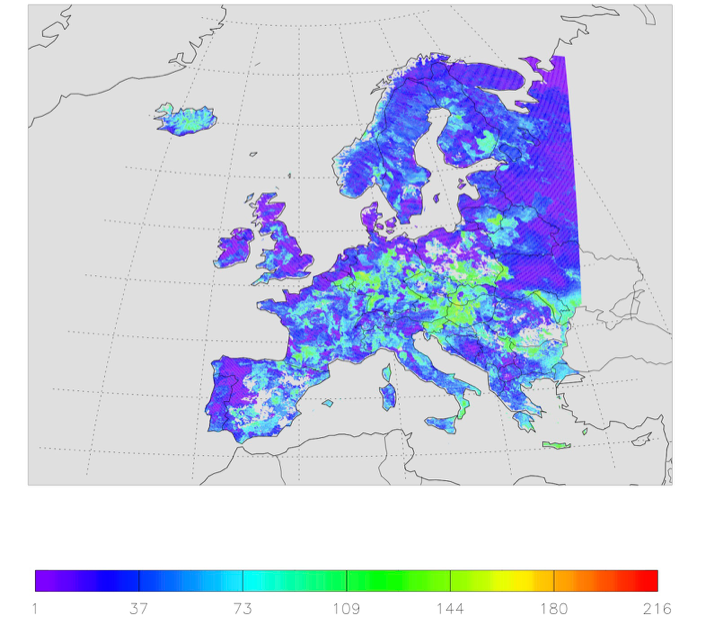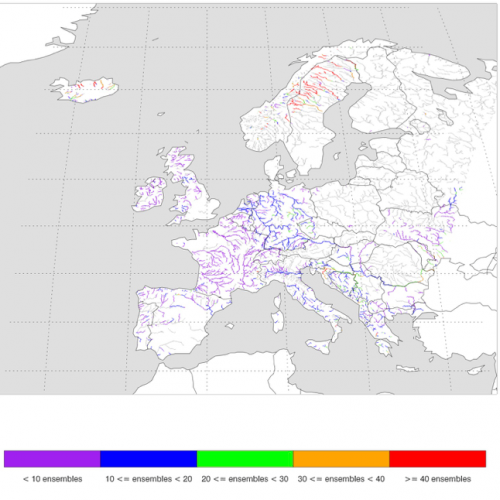Description
Threshold drought indices are frequently used to indicate water deficits (drought) in different domains of the water cycle (precipitation, soil moisture, groundwater, runoff and river flow). The Threshold Drought Method (TLM) is better suited to quantify missing water volumes that are needed to recover from the drought. It is based on defining a threshold, below which, for instance, the precipitation or river flow is considered to be in a drought (Yevjevich, 1967; Hisdal et al., 2004). Another advantage of the TLM is that forecasts can be given for lead times shorter than a month (e.g. for each day).
According to TLM, a drought event starts when the hydrometeorological variable (e.g. precipitation, flow) falls below the threshold value, and when the variable rises above the threshold the drought event ends. Hence, the following drought characteristics are identified: (i) onset, (ii) duration, (iii) deficit volume, (iv) intensity (deficit volume/duration), and (v) termination/recovery rate. The threshold is derived from the duration curve, which implies that the whole precipitation, soil moisture or streamflow record (in case of ANYWHERE: 27 years) is used in its derivation. In ANYWHERE a daily variable threshold rather than a fixed threshold (80% percentile of the duration curve; i.e. value that is equaled or exceeded in 80% of the time) was applied (e.g. Van Loon and Van Lanen, 2012; Beyene et al., 2014) because dry periods (drought) in the wet season can also be relevant for impacts in some water-related sectors (e.g. water resources).
The TLM is applied to forecast daily time series, which introduces two special problems, namely dependency among droughts and the presence of minor droughts. During a prolonged dry period it is often observed that the hydrometeorological variable exceeds the threshold level for a short period of time and thereby a large drought is divided into a number of minor droughts that are mutually dependent. Hence, we apply pooling in order to define an independent sequence of droughts. We also apply a k-day smoothing of the forecasted daily precipitation to cope with frequent zero-precipitation days (e.g. Van Loon and Van Lanen, 2012).
The threshold method is not only described for fluxes (precipitation, runoff, river flow), but is also applied to state variables, such as soil moisture or groundwater storage. In that case the deficit volume equals the average deviation of the state variable from the threshold.





